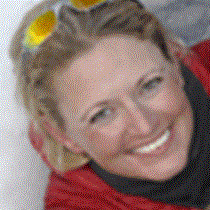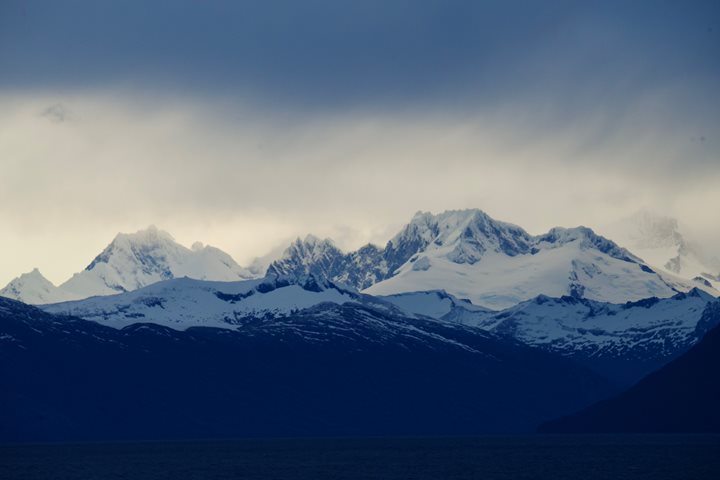Since boarding National Geographic Explorer two weeks ago, anticipation has been growing. In the beginning, it was just an idea of a destination, something printed on our final itineraries, difficult to find a tangible. But as our expedition continued south, winding its way through the Chilean fjords, this seed of an idea blossomed, infused with knowledge of what we might expect to see. Finally, finally the day arrived where everything we had been working towards not only just during our expedition, but for the last two years as we began an extraordinary negotiation and permitting process—we have arrived at Isla de los Estados (Staten Island).
We are the first permitted expedition ship to visit this small island off Argentina. For decades now, Staten Island has been the island we pass each time we enter and exit the Beagle Channel on our way to Antarctica. Without fail each time we sail by, we always comment on how wonderful it would be if we were able to visit. Traditionally, a small Argentine Navy compliment calls Puerto Parry its home, while the rest of the island has been declared an Ecological, Historic, and Provincial Reserve.
As we approached the island early this morning, the bridge and outer decks were full of eager souls and we escorted into our anchorage by a host of seabirds. Gazing at the island, our feelings must have been similar to those of the early explorers when they found new land. Lush, green, untouched by mechanized vehicles, swarming with life from sea lions to penguins—we were here!
As members of the undersea team, we are tasked with going beneath the ocean’s surface and bringing the life we find back to our guests in the comfort of the lounge during our evening Recaps. On this voyage we have another special mission, to document the many different species we find here around Staten Island, as part the first underwater survey here since the 1970s. As spectacular the life is above the waterline, we find it’s reciprocal within the kelp beds along the rocky shores. Visibility extends for tens of meters as we swim through the kelp forests, our form of wandering in a new country. Sea lions come to check out our bubbles, nudibranches cling to hydroids, walls are encrusted with bright pink algae and colorful sponges—I could go on and on. We are so fortunate to be able to assist in this survey work, as we travel with environmental officers who are working towards creating a marine protected area around the island.
Day one ends with a quiet night at anchor, as we lift our glasses and toast to Isla de los Estados.







